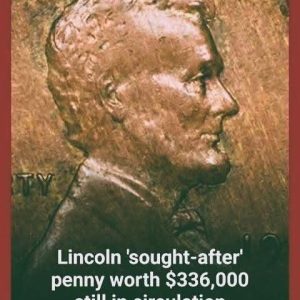Former President Donald Trump recently announced on Truth Social that nearly every American could receive a $2,000 “dividend,” which he claims stems from unprecedented national wealth generated by his administration’s tariff policies. Trump framed the payments not as traditional stimulus but as a reward for tariff-driven revenue that has, in his view, strengthened the U.S. economy. He cited record stock market performance, robust 401(k) returns, domestic manufacturing growth, and low inflation as evidence of economic success. The announcement immediately drew public attention and speculation, with questions about eligibility, feasibility, and how the funds would actually be distributed.
Treasury Secretary Scott Bessent provided preliminary details, suggesting that payments would likely be income-limited, potentially benefiting families earning under $100,000 annually. If enacted, roughly 150 million Americans could qualify—more than previous Trump-era stimulus programs. Economists, however, estimate the program could cost around $300 billion, raising concerns about practicality. Bessent emphasized that the proposal is intended as middle-class relief rather than a universal payout, signaling that the administration is exploring ways to target the benefit while managing fiscal constraints.
Although initially described as a $2,000 check, the administration later indicated that relief could take various forms, including tax reductions, credits, or rebates. Bessent highlighted tax measures already in progress, such as exemptions on tips, overtime, and Social Security income, as potential mechanisms to deliver the promised benefit. The White House maintains that the president is committed to ensuring Americans receive the full value, though details regarding timing, structure, and distribution remain unresolved. The ambiguity has sparked debate among analysts, lawmakers, and the public, with supporters praising innovation and critics warning of unrealistic expectations.
A key challenge is funding. Current U.S. tariff revenue of $195 billion falls far short of covering a $2,000 payout for millions. The administration plans to rely heavily on expanded tariffs, including a 50% tariff on imported cabinets and potential 100% tariffs on pharmaceutical products, positioning tariffs as both a revenue tool and a political message. While these measures underline Trump’s economic nationalism, it remains uncertain whether tariffs alone can finance the proposed dividend, leaving the plan controversial and politically charged.



